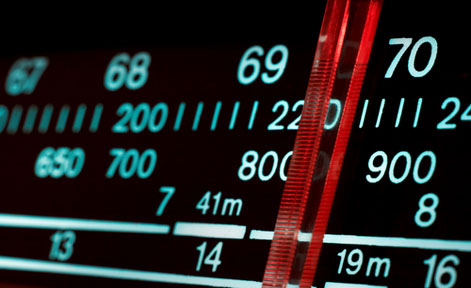Modular synths… just what are they, where do they live, how do they breathe?
We take a brief peek at the toys used by this most special breed of music-maker, and the amazing noises made by some of these fantastic machines.
If you’ve ever peaked into the shed like auditorium of an electronic musician, you might have noticed something seriously strange going on. If you have happened to chance across a rather large stack of equipment, strung together with wires and all manner of flashing lights that blink in unison; you might think you have just stumbled across some kind of control room for a nuclear power station or an ancient telephone exchange. Here’s where the irony starts – such kind of equipment was actually the first commercial kind of synthesizer, until the likes of Bob Moog came along and supplanted them with a slightly more portable, internally hardwired piece of machinery – the Minimoog. However, the legend does go that these Monolithic beasts are highly addictive: emitting sonic shockwaves and squeals, all under the hand of caped wearing crusaders.
What is new? Believe it or not, the history of electronic music and its machines goes way further into the past than you might think. Thanks to the hard work (and dedication) of Simon Crab, the 120 Years of Electronic Music project outlines and analyses the history and development of electronic musical instruments from c.1880 onwards. Providing a comprehensive account of man-made noise making machines, this fantastic resource explores the main themes of electrically engineered instrument design and development, prior to 1970. There is also a brief tour of latter day models for the sheer joy of furnishing the world with this most brilliant bank of knowledge.
If you’re seeking an in-depth look at what’s reasonably current in the world of Modular Synths, skip to the following article in Sound on Sound as it gives the complete low-down of all things hot in the world of patches and wires, along with all the other parts you’ll need to make fit together to make a sound. After all, the whole point of one of these systems is that you decide everything. A bit like Lego or Mechano, the modules are in fact individual parts that you can choose and then arrange, according to your own tastes. From basic filters, oscillators, modulators, mixers and envelopes: the modularity is highly flexible. You configure what you want, piece by piece in a very real sense and thus can keep tweaking it to your hearts delight and hopefully make a sound at the end of it.
Confused yet? Don’t worry, so are we. All the same, it suffices to say this is a whole world unto itself but if you happen to be in Berlin, we highly recommend a visit to the following shop – www.schneidersbuero.de. It turns out this is a rather costly hobby, so please don’t complain to us if you find your bank manager is no longer willing to extend your line of credit after a visit!
We do however recommend you check one more excellent piece of history – merely because some of the best music known to humankind was aided and abetted by this particular piece of genius:





